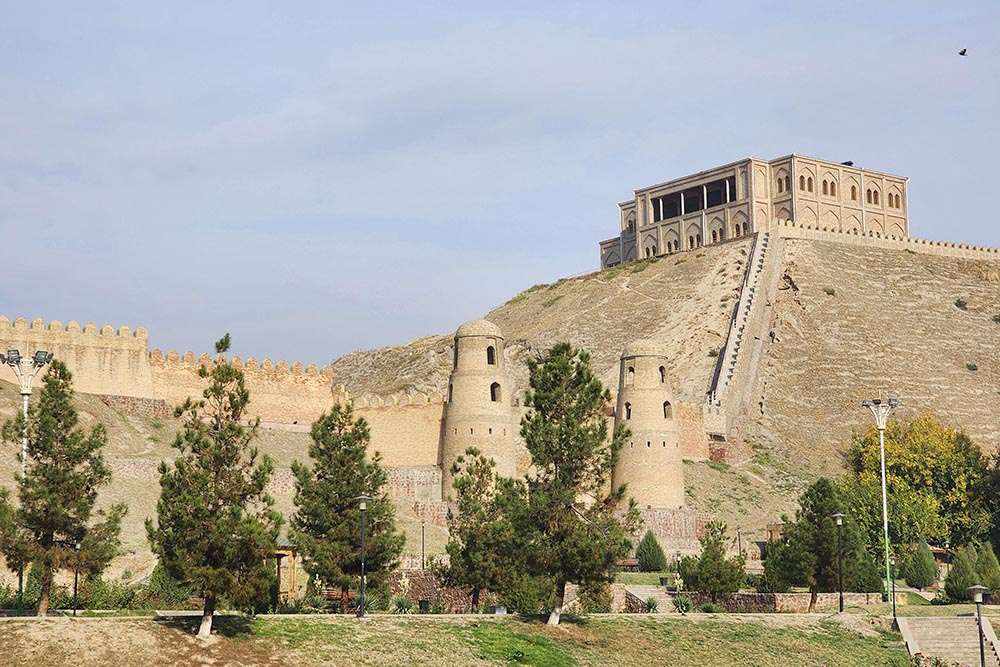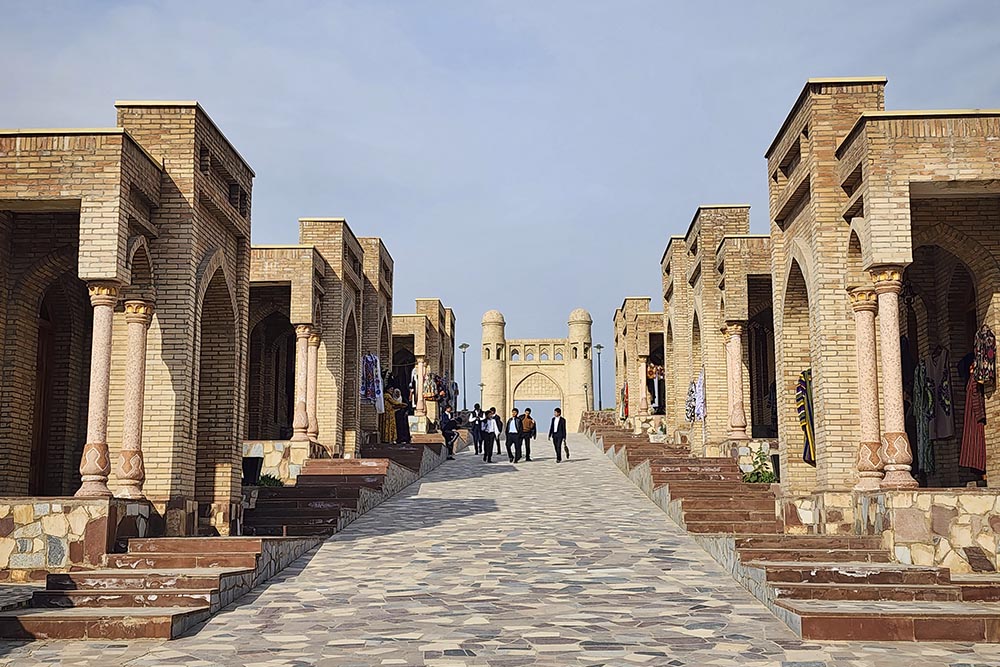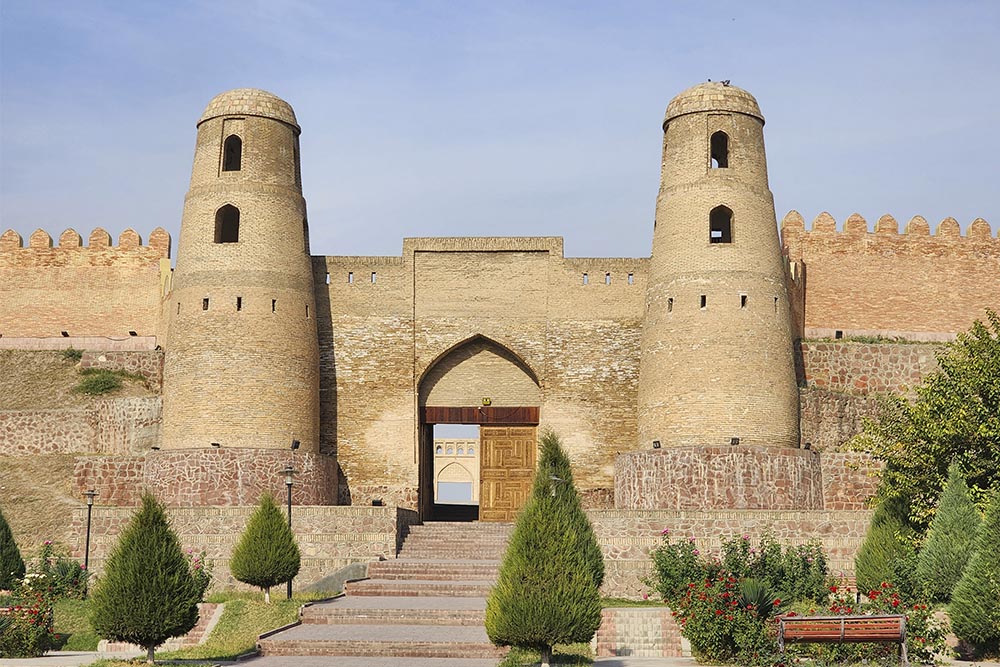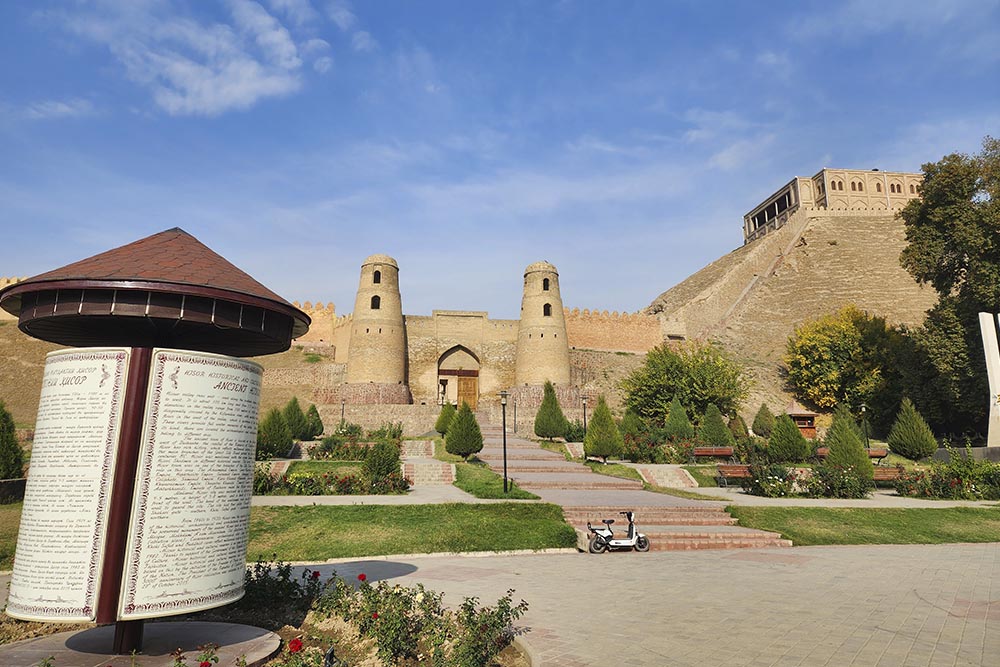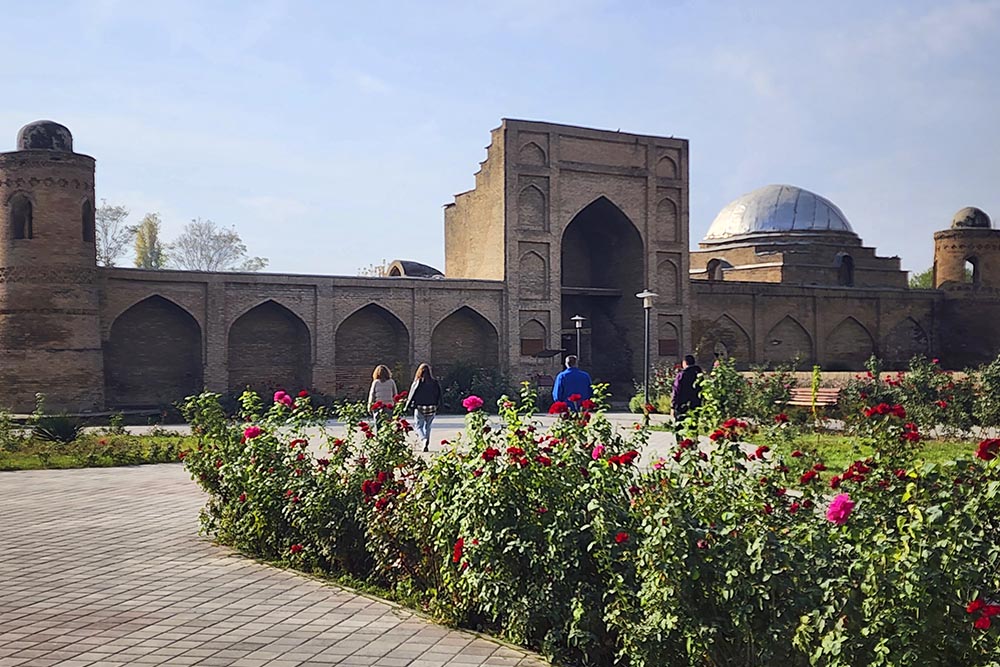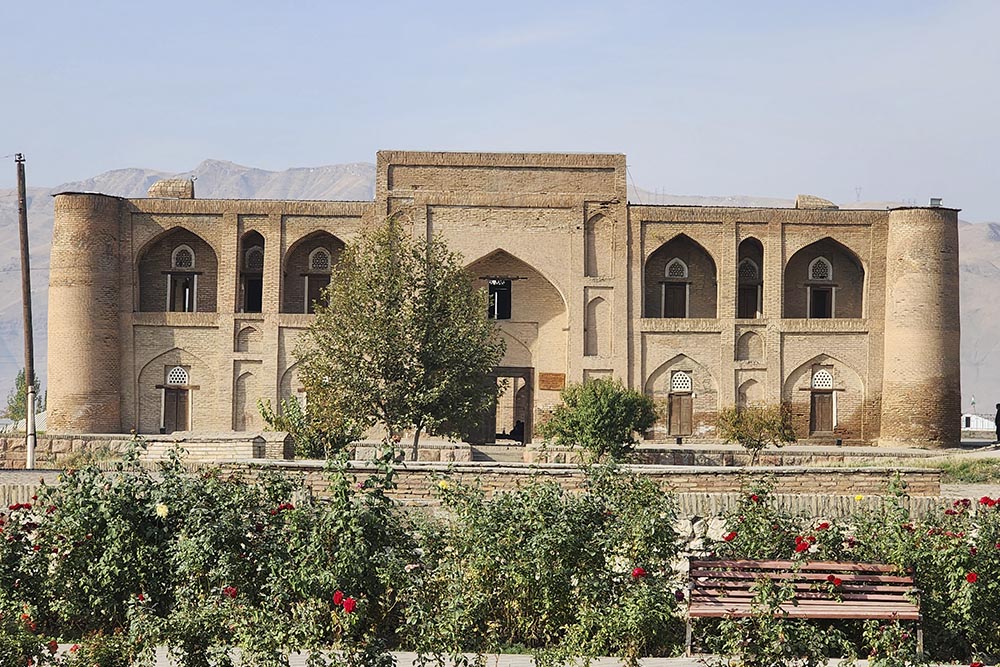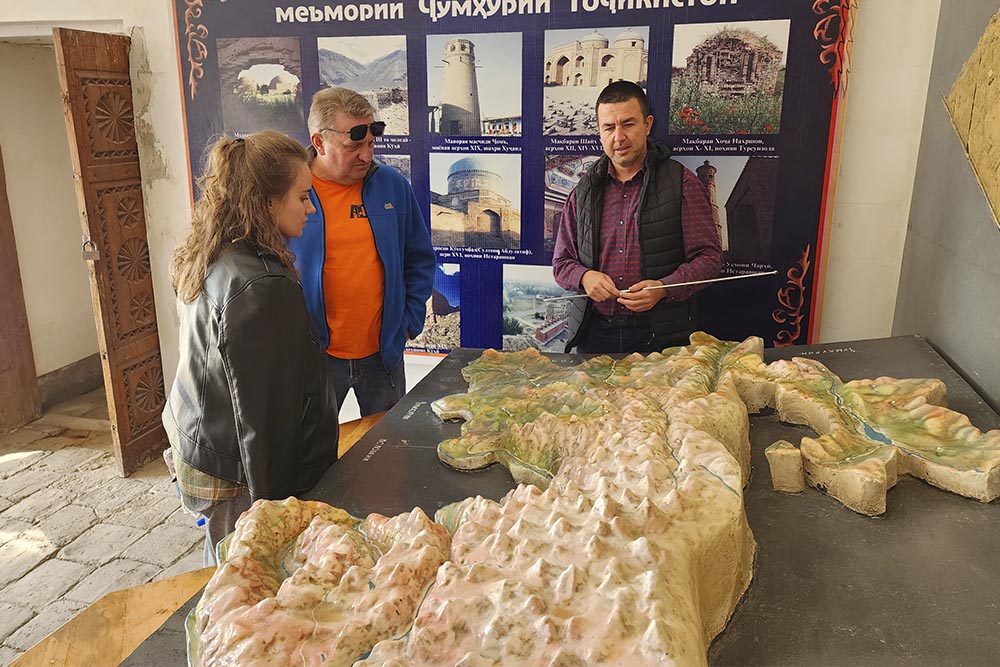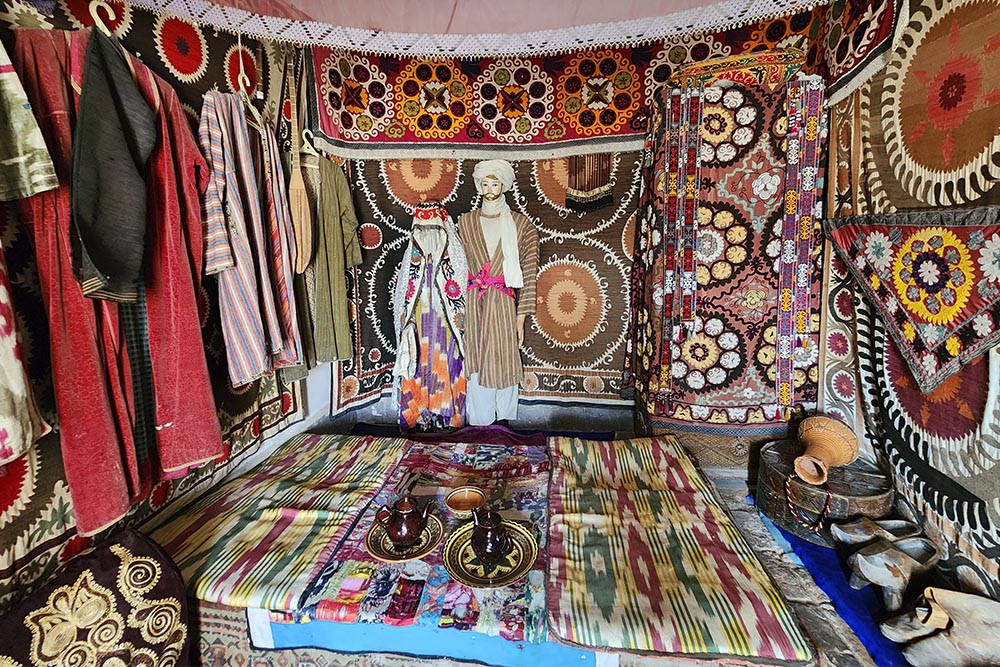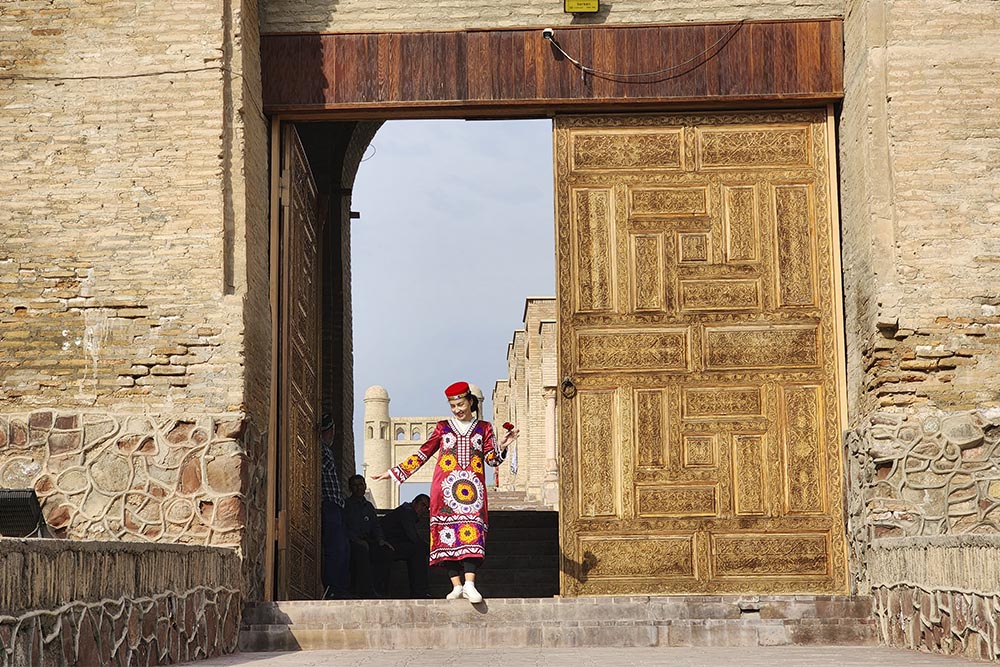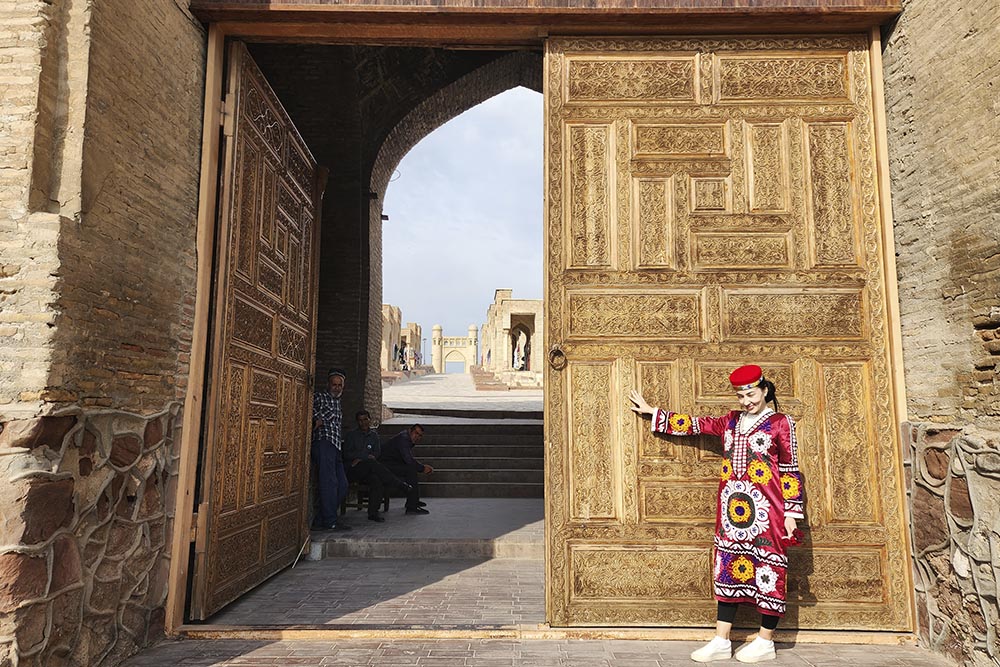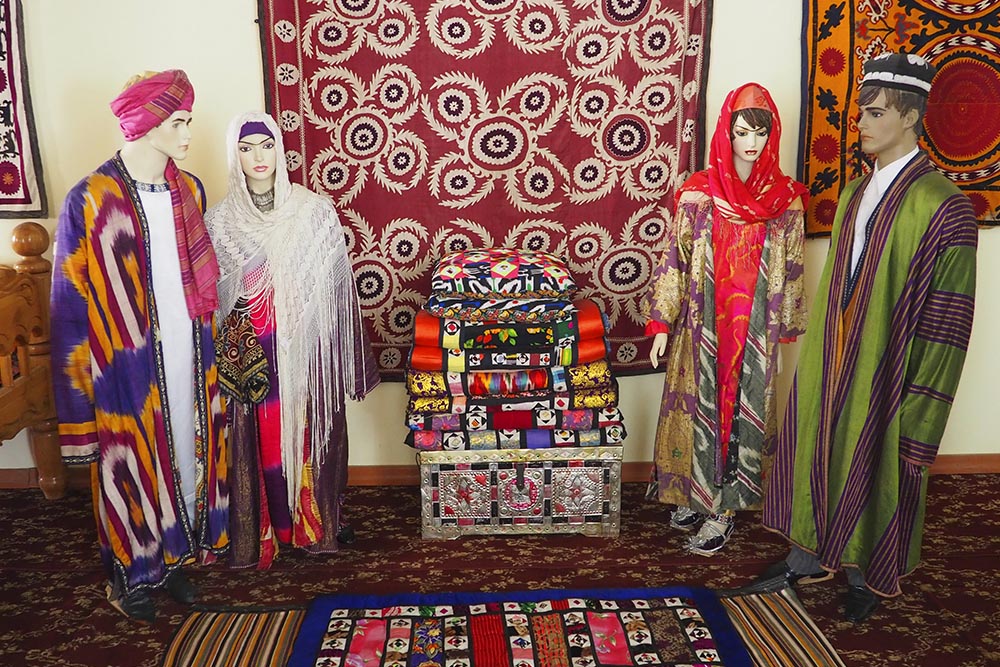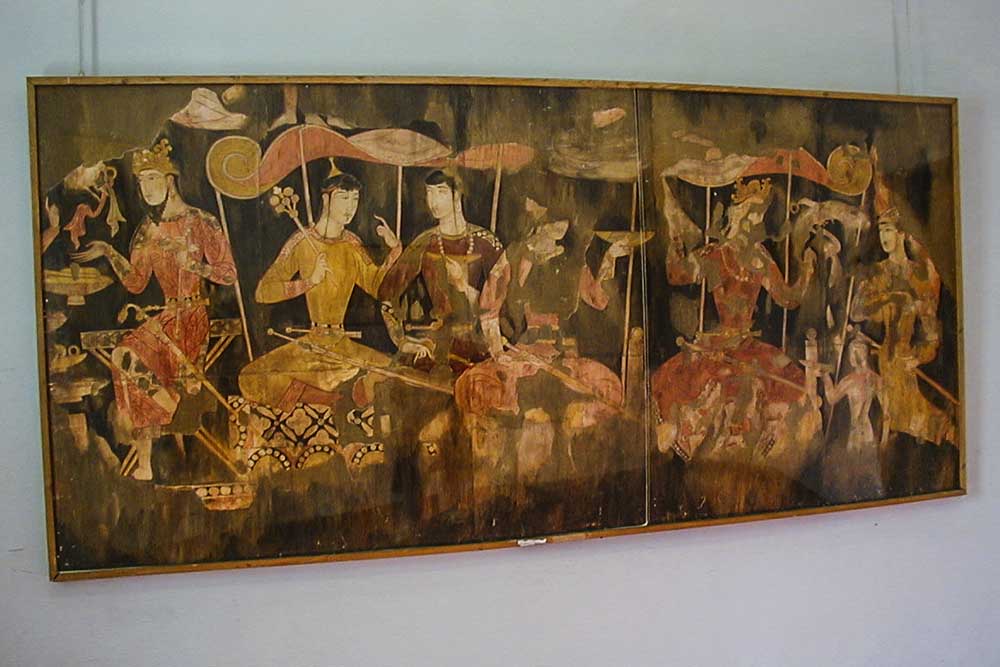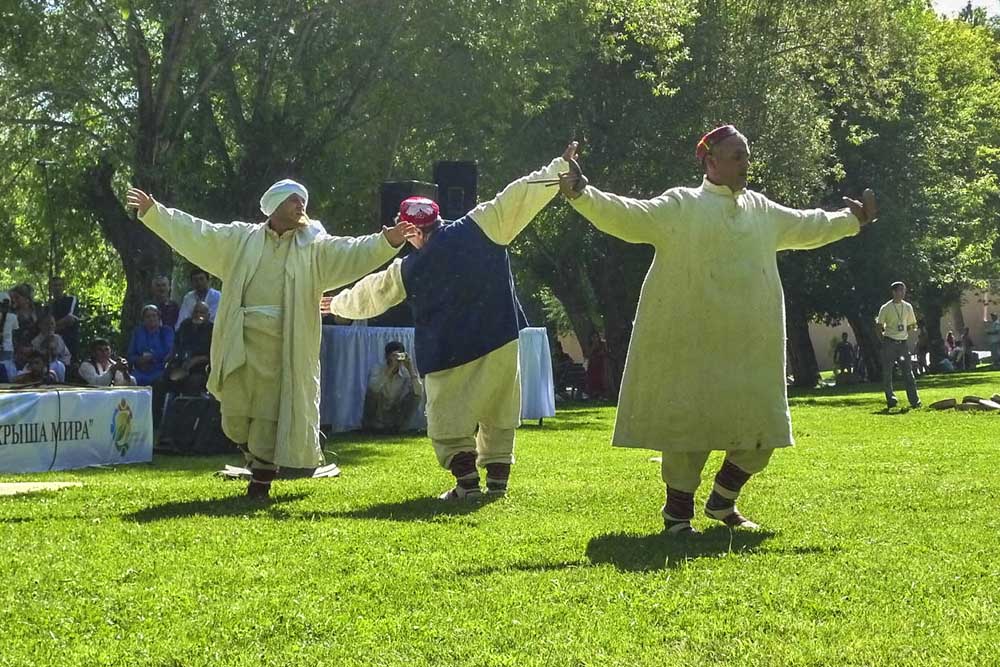30 km from the capital of Tajikistan, Dushanbe, there is one of the most interesting historical and cultural sites of ancient Tajikistan - the Hissar Fortress. Artifacts were found at the site of the fortress, indicating that there was already a settlement here more than 2,500 years ago.
By visiting the Hissar fortress, you will go on a fascinating journey into the past. This place allows you to plunge into the atmosphere of ancient times, imagine how our distant ancestors lived and defended their territories. Walking among the ruins and towers, you will feel as if you have witnessed historical events.
The Hissar fortress bears many historical events and changes. It witnessed conquest, trade, cultural exchanges and battles. Its walls will tell you about different eras and civilizations that left their traces here. Therefore, this place has great historical significance and allows us to understand the roots and origins of modern Tajikistan and Central Asia as a whole.
The Hissar fortress is not just an architectural miracle and a historical monument. This is a place where the past comes to life, where the history of art and culture is combined with mysticism and secrets. By visiting the Hissar fortress, you will go on an unforgettable adventure that will forever leave a mark and inspiration on you to explore the history and culture of Tajikistan and Central Asia.
The Hissar fortress is part of the historical and cultural reserve of Hissar. The reserve includes the fortress itself, an old madrasah (medrasah-kitchen) of the 16th–17th centuries - a portal-domed structure with a wide courtyard, inside of which there are hudjras (cells), which currently houses a museum, a new madrasah (madrasah-nav) XVII-XVIII centuries, mausoleum of Makhdumi-Azam XVI-XVII centuries, domed mosque of the XII-XVI centuries Sangin, caravanserai (hotel, inn) Khishtin.
Unfortunately, time, earthquakes and wars did not spare the fortress, and what we see now is a historical replica, recreated from old photographs from the 19th century, when the residence of the Hissar Bek, one of the eastern vassals of the Bukhara Khanate, was here.
The gates with two majestic cylindrical towers were recreated, reminiscent in style of the gates of the Ark fortress in Bukhara, the fortress walls, and also the bek’s palace at the highest point of the hill.




